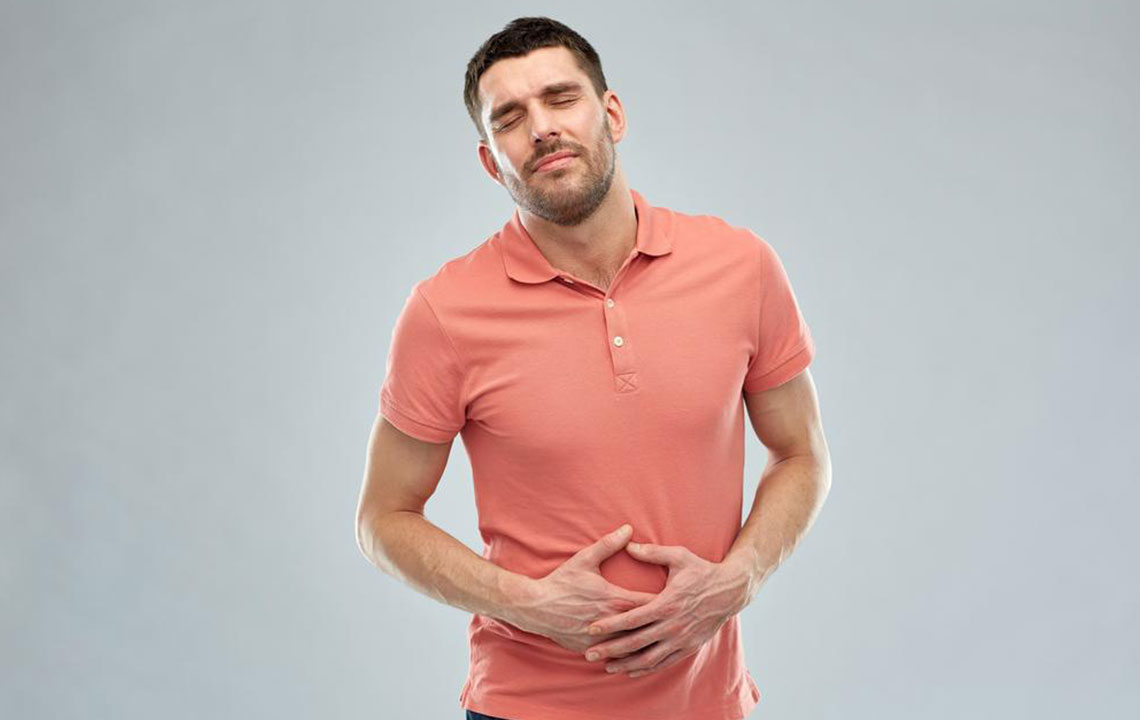Easy Tips to Treat Constipation and IBS

Constipation is one such problem that is suffered by most of the people after a certain age. The symptoms of this problem are often associated with IBS which is irritable bowel syndrome. One of the main symptoms of IBS is the problem of abdominal pain. This pain is related to the change in consistency or frequency of the bowel habit. The changed bowel habit could be repeated constipation or chronic or diarrhea. The bowel habit could change gradually. Apart from this, the symptoms could change as time passes. The symptoms could turn out be worse or could diminish as well.
There are many ways in which constipation problem is defined. It is normally considered difficulty at stools, infrequent stools, or the feeling of not being completely empty during the bowel movement. Moreover, around 25 to 45 million people in the country suffer from irritable bowel syndrome (IBS).
Treating IBS and constipation
IBS with constipation is mainly treated with a mix of various treatments for the sake of getting relief. This mainly includes making changes in medication, exercise, diet and stress management. The treatment should not only help in making the bowel problems easy but also to reduce the stomach pain, bloating etc. which are the common problems of IBS with constipation.
It is important to note that you should not treat the problem of IBS with constipation by yourself. After noticing the symptoms, the doctor is the best person who can give the right medication. This is because the medicines are featured with health risks of supplements and laxatives.
The below-mentioned tips will surely help you to deal with IBS with constipation in an effective way.
Dietary changes: Fiber intake should be in good content as it reduces constipation. People should develop the habit of consuming fruits, vegetables, whole-grain bread, beans, and cereals on a daily basis. There is some fiber-rich food that may not go well with you. In such a case dried prunes and plums, flaxseeds and a lot of water can be consumed. The best thing to do is to avoid coffee, alcohol and carbonated drinks. Processed food such as cookies, chips, white bread etc. will slow down stools.
Supplements: If you do not prefer consuming any of the above-mentioned food, then there are sufficient fiber supplements that are available in the market, these normally include extracts of corn fiber, wheat bran, psyllium, calcium polycarbophil etc. This will help in the ease with stools.
Laxatives: Different types of laxatives are available in the market. These laxatives help you to go to the toilet without any problem. However, consuming it every day could be harmful. It is important to know if you are consuming the right laxative according to the problem. Hence, it is suggested to take a recommendation from the doctor before using.
Medication: Linaclotide is a medication that treats men and women suffering from IBS with constipation. It has to be consumed once on a daily basis on empty stomach and meal can be consumed after half an hour. Lubiprostone is helpful for women with IBS with constipation. Once the doctor has suggested any of these tablets they could suggest some other tablets along with it to fight side effects such as diarrhea, belly pain, and nausea. Antidepressants and antispasmodics are also extremely helpful for treating this problem.
Stress management: When you stress a lot, it could lead to IBS. Reducing stress is extremely important. When you do exercises on a regular basis, it reduces the stress. Meditation and Yoga are extremely beneficial for this. Listening to music, getting a massage etc. are advantageous for treating this problem to a certain extent.
Yoga: Yoga has truly been a boon for treating the problem of IBS with constipation. Various yoga poses such as the peacock pose, the half sitting spinal twist pose, the wind-relieving pose, the plow pose, and the butterfly pose have proved to be advantageous to treat this problem in a healthy manner. These yoga poses can be done anytime during the day.
There are various other treatments that are helpful for this problem. Therapies like acupuncture and usage of essential oils for massage will definitely provide with a lot of improvement. However, it is recommended to get in touch with a doctor before going for this treatment.
It is suggested to talk to your doctor about the right treatment plan as they would analyze the various symptoms and plan for a good treatment. They may combine various therapies that are suitable. Symptoms of this problem could change from person to person. Hence, with the help of a good doctor, you will be able to get a right solution. It is essential to go for the right treatment and also have a lot of patience as only then, you can manage IBS with constipation in an effective manner.


